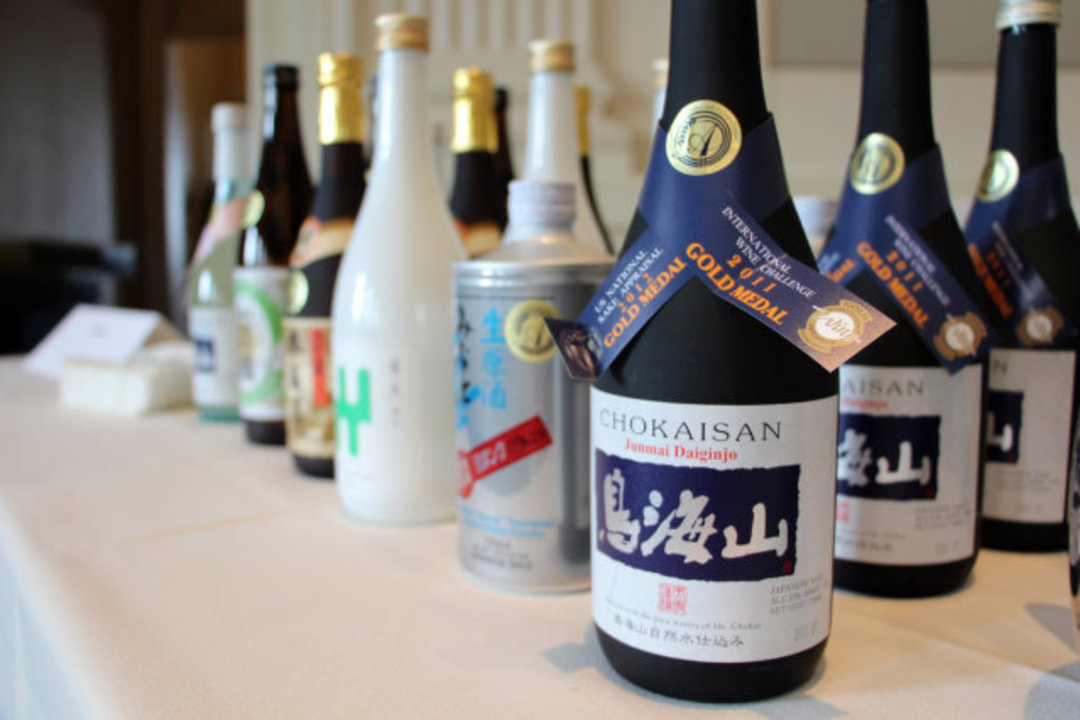Getting to Know Japan’s Favorite Sip at Sake Fest PDX

Image: Julia Raymond
Brewed like beer but with the alcohol content of a strong wine, sake represents thousands of years of Japanese tradition. This seemingly simple beverage is made from fermenting rice, water, yeast, and an enzyme called koji. Different fermentation processes and rice milling techniques yield varied flavor profiles, levels of clarity, and traditional Japanese designations which easily confound the average Asahi-ordering sushi lover.
Fortunately, you can remedy your ignorance and inexperience at this year’s Sake Fest PDX on Thursday, June 26 at the Sentinel Hotel’s Governor Ballroom. From 6:30 to 9 pm, sample some of the finest sakes from Japan and America, including several brewed right here in Oregon. With over 130 sakes to try—combined with professional paring advice, food and tasting notes—you’ll leave educated as well as slightly inebriated.
Advance tickets are a steal at only $50 and include all sake tasting stations, food, and a souvenir SakeMoto tasting glass,—plus, a portion of the proceeds benefit the Japan-America Society of Oregon. Stop ordering beer with that beautiful nigiri and start embracing the legendary libation that is rumored to be older than the written Japanese language itself. More details can be found at sakefestpdx.com.
Sake Quick Guide:
Junmai: Sake in its purest form, brewed solely from rice, yeast, water, and koji enzyme with no additional alcohol, starches or sugars tossed in. Sakes such as Ginjo and Daiginjo can be prepared in the Junmai style, and is often served hot.
Honjozo: This sake includes a small amount of additional brewer's alcohol to highlight different flavors and aromas.
Ginjo: 40–50% of the rice grain is milled away, creating a fragrant, delicate-flavored sake best served cold.
Daiginjo: 50–60% of the rice grain is milled away in this high-end, intensely aromatic sake.
Nama: This is the designation for unpasterized sake, which needs to remain chilled for it to retain its original flavors. Many sake types can be prepared nama.
Genshu: This is sake that remains undiluted with water prior to bottling, yielding a higher alcohol content—up to 20%.
Nigori: Commonly known as “cloudy,” this sake is unpressed and includes residual yeast, giving it a sweeter flavor and an opaque, white haze.
Serving tip: Traditionally, it is said that you should never pour your own sake; it must be poured for you by a friend or loved one and vice versa. Raise it in a toast to the bonds of friendship and family.
